Table of Contents
In Crucial Conversations book summary, we distill the key ideas presented in Crucial Conversations: Tools for Talking When Stakes Are High, a book offering practical advice on navigating high-stakes conversations.
Introduction
The book explores the nature of crucial conversations, the importance of dialogue, and the skills needed to handle these conversations effectively.
“The single biggest problem in communication is the illusion that it has taken place.”
Crucial conversations are defined as discussions where stakes are high, opinions vary, and emotions run strong. These conversations have a significant impact on our lives, shaping our relationships, careers, and well-being.
Examples of crucial conversations include addressing a coworker about a missed deadline, discussing a sensitive topic with a loved one, or giving critical feedback.
The Power of Dialogue
The book emphasizes the importance of dialogue in crucial conversations. Dialogue is defined as the free flow of meaning between two or more people. It’s essential because it allows for open and honest communication, leading to better decisions, stronger relationships, and more effective action.
A key concept in the book is the Pool of Shared Meaning. Each individual enters a conversation with their own unique pool of meaning, shaped by their thoughts, feelings, and experiences.
Dialogue aims to expand and merge these individual pools, creating a shared understanding that benefits everyone involved.
“Our lives begin to end the day we become silent about things that matter.”
Preparing for Crucial Conversations
Before engaging in a crucial conversation, the authors recommend focusing on preparation. This involves:

- Choosing the right topic: Carefully consider the core issue you want to address and be able to state it succinctly.
- Starting with heart: Focus on your true motives and desired outcomes for yourself, the other person, and the relationship.
- Mastering your stories: Recognize and challenge the assumptions, judgments, and interpretations you make about the situation and the other person.
Maintaining Safety
During crucial conversations, it is crucial to maintain safety, the condition in which individuals feel comfortable expressing themselves openly and honestly without fear of negative consequences.
The book highlights two essential conditions of safety:
- Mutual Purpose: Establishing a shared understanding that both parties are working toward a common goal.
- Mutual Respect: Ensuring that both individuals feel valued and respected, even when disagreeing.
To create and restore safety, the authors suggest:
- Contrasting: Clarify your intentions by explaining what you don’t want and contrasting it with what you do want.
- Creating a Mutual Purpose: Identifying shared goals and finding common ground. The book provides the CRIB skills to help establish mutual purpose:

- Commit to seek Mutual Purpose.
- Recognize the purpose behind the strategy.
- Invent a Mutual Purpose.
- Brainstorm new strategies.
Speaking Persuasively and Listening Effectively
Once safety is established, it’s important to share your perspective effectively while remaining open to the other person’s views.
The authors introduce the acronym STATE to guide this process:

- Share your facts: Present objective and verifiable information to support your viewpoint.
- Tell your story: Explain your interpretation of the situation and how you arrived at your conclusions.
- Ask for others’ paths: Encourage the other person to share their perspective and listen attentively to their facts, stories, and feelings.
- Talk tentatively: Present your views as your own perspective and be open to considering alternative interpretations.
- Encourage testing: Invite the other person to challenge your views and explore different possibilities together.
When listening to the other person, utilize the AMPP skills:

- Ask: Encourage the other person to share their thoughts and feelings by asking open-ended questions.
- Mirror: Reflect back the other person’s nonverbal cues and emotions to demonstrate understanding.
- Paraphrase: Summarize the other person’s perspective in your own words to confirm your understanding.
- Prime: Offer your best guess about the other person’s thoughts or feelings to encourage them to open up.
“It’s not how you play the game. It’s how the game plays you.”
Moving to Action and Dealing with Feedback
To ensure that crucial conversations lead to tangible results, the authors emphasize the importance of a clear action plan. This involves:

- Deciding how to decide: Determining the most appropriate decision-making process (e.g., command, consult, vote, consensus).
- Finishing clearly: Specifying who will do what by when and establishing a follow-up plan.
- Documenting commitments: Writing down agreements and action items to ensure clarity and accountability.
- Holding people accountable: Following up on commitments and addressing any discrepancies.
Finally, the book offers guidance on handling tough feedback. The authors recommend “retaking your pen,” a concept emphasizing the individual’s power to choose how they interpret and respond to feedback.
“The mistake most of us make in our Crucial Conversations is we believe that we have to choose between telling the truth and keeping a friend.”
The book outlines the CURE method for managing feedback:
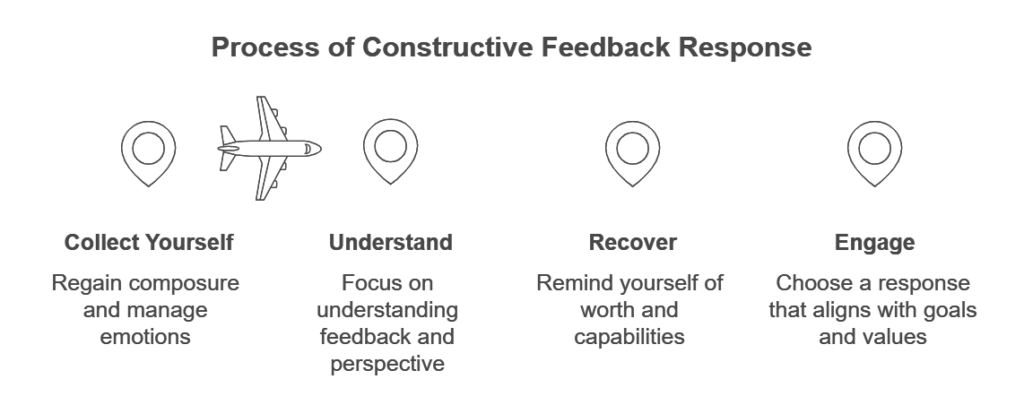
- Collect yourself: Take a moment to regain composure and manage your emotions.
- Understand: Focus on truly understanding the feedback and the other person’s perspective.
- Recover: Remind yourself of your worth and capabilities.
- Engage: Choose how you will respond to the feedback in a way that aligns with your goals and values.
“Seventy percent of the success of a Crucial Conversation happens in your head, not through your mouth.
Real-Life Examples in Crucial Conversations
The book provides numerous real-life examples to illustrate the concepts and skills they present. A few notable examples include
Working Through Divorce
Co-author Emily Gregory shares a personal story about using Crucial Conversations skills to navigate a divorce. While the authors don’t offer specific details of the conversations, they highlight that the skills enabled her to communicate effectively during a challenging and emotionally charged time. This example demonstrates the broader applicability of these skills beyond the workplace, emphasizing their usefulness in personal relationships as well.
Confidence Against Cancer
The authors mention a story of a Crucial Conversations trainer using the STATE skills to communicate confidently and effectively during a challenging medical situation. While the specifics of the situation are not provided, this example highlights the power of these skills in advocating for oneself and engaging in crucial conversations even in highly stressful and emotional circumstances.
The Hostage Negotiator
Co-author Ron McMillan shares an anecdote about a hostage negotiator who emphasized the importance of seeing the humanity in even the most difficult individuals. The negotiator’s approach underscores the principle of Mutual Respect, even when dealing with someone who has committed harmful actions. This example demonstrates how recognizing shared humanity can help create safety and encourage dialogue in challenging situations.
How to Respectfully Disagree About Politics
Co-author Joseph Grenny offers tips on applying Crucial Conversations skills to navigate conversations about politics, a topic often fraught with strong emotions and conflicting opinions . This example highlights the book’s relevance to contemporary challenges and its potential to foster constructive dialogue even on divisive issues.
Daryl K’s Negotiation
The authors present a detailed account of Daryl K., a reader who successfully applied the principles and skills from the book to navigate a complex business negotiation. This example demonstrates the effectiveness of the book’s framework in a real-world scenario, showcasing how preparation, managing emotions, and focusing on dialogue can lead to positive outcomes.
Anita and the Missing Money
The book uses a recurring example of Anita, who suspects her roommate Amber of stealing money, to illustrate various concepts and skills. Through this example, the authors demonstrate the importance of separating facts from stories, exploring others’ paths, and communicating concerns constructively. The example effectively showcases the step-by-step application of the book’s principles in a relatable situation.
Joseph and Celia
One of the authors, Joseph, shares a personal story about a miscommunication with his wife, Celia, after returning home from a business trip. This example illustrates how unexamined stories and reactive behavior can lead to unintended consequences, even in loving relationships. It highlights the importance of self-awareness, recognizing how our own actions contribute to conflict, and choosing to respond differently to achieve better outcomes.
Conclusion
Crucial Conversations provides a comprehensive framework for mastering high-stakes conversations.
By understanding the dynamics of dialogue, preparing thoughtfully, maintaining safety, using effective communication skills, and managing feedback skillfully, individuals can transform difficult discussions into opportunities for growth, collaboration, and positive outcomes.
Who Should Read Crucial Conversations?
This book offers valuable insights and practical tools for anyone seeking to improve their communication skills, particularly in high-stakes situations. The following groups of people would especially benefit from reading this book:
- Leaders and Managers
- The author emphasizes that effective communication is essential for successful leadership. Leaders often face challenging conversations involving performance issues, team conflicts, or organizational changes. The book equips them with the skills to handle these conversations constructively, fostering a culture of open dialogue and collaboration.
- The book highlights the importance of creating safety and mutual purpose in crucial conversations, crucial for leaders to motivate and inspire their teams.
- Leaders also benefit from the guidance on decision-making processes and holding people accountable, ensuring that crucial conversations lead to effective action and results.
- Team Members
- The book’s emphasis on the Pool of Shared Meaning and dialogue can help team members communicate more effectively, leading to better teamwork and problem-solving.
- The STATE and AMPP skills provide a framework for both speaking up and listening effectively, fostering a more open and collaborative team environment.
- Understanding how to manage emotions and give and receive feedback constructively is also beneficial for team dynamics and individual growth.
- Individuals in Personal Relationships
- While the book primarily focuses on workplace communication, the principles and skills are applicable to personal relationships as well.
- Couples, family members, and friends can benefit from learning how to navigate difficult conversations about sensitive topics, disagreements, or conflicts.
- The emphasis on creating safety, expressing emotions constructively, and understanding each other’s perspectives can strengthen personal bonds and improve communication.
- Anyone Dealing with Conflict or Difficult Conversations
- The book provides tools for managing emotions, handling challenging personalities, and restoring safety when conversations become heated.
- Learning to separate facts from stories, challenge unhelpful thinking patterns, and approach conversations with a focus on mutual purpose and respect can transform conflict into opportunities for growth and understanding.
- Healthcare Professionals
- The author specifically mentions the importance of communication in healthcare, citing research that links poor communication to preventable deaths in hospitals.
- Healthcare professionals often face crucial conversations with patients and their families about diagnoses, treatment options, and end-of-life care.
- The book’s emphasis on empathy, understanding, and clear communication can help them navigate these sensitive conversations with compassion and effectiveness.
In conclusion, Crucial Conversations offers valuable guidance for anyone seeking to improve their ability to handle high-stakes conversations. The principles and skills presented in the book can be applied to various personal and professional contexts, empowering individuals to communicate more effectively, build stronger relationships, and achieve better outcomes.

Enjoyed this Crucial Conversations book summary? We invite you to read other free book summaries, here
You may also like:
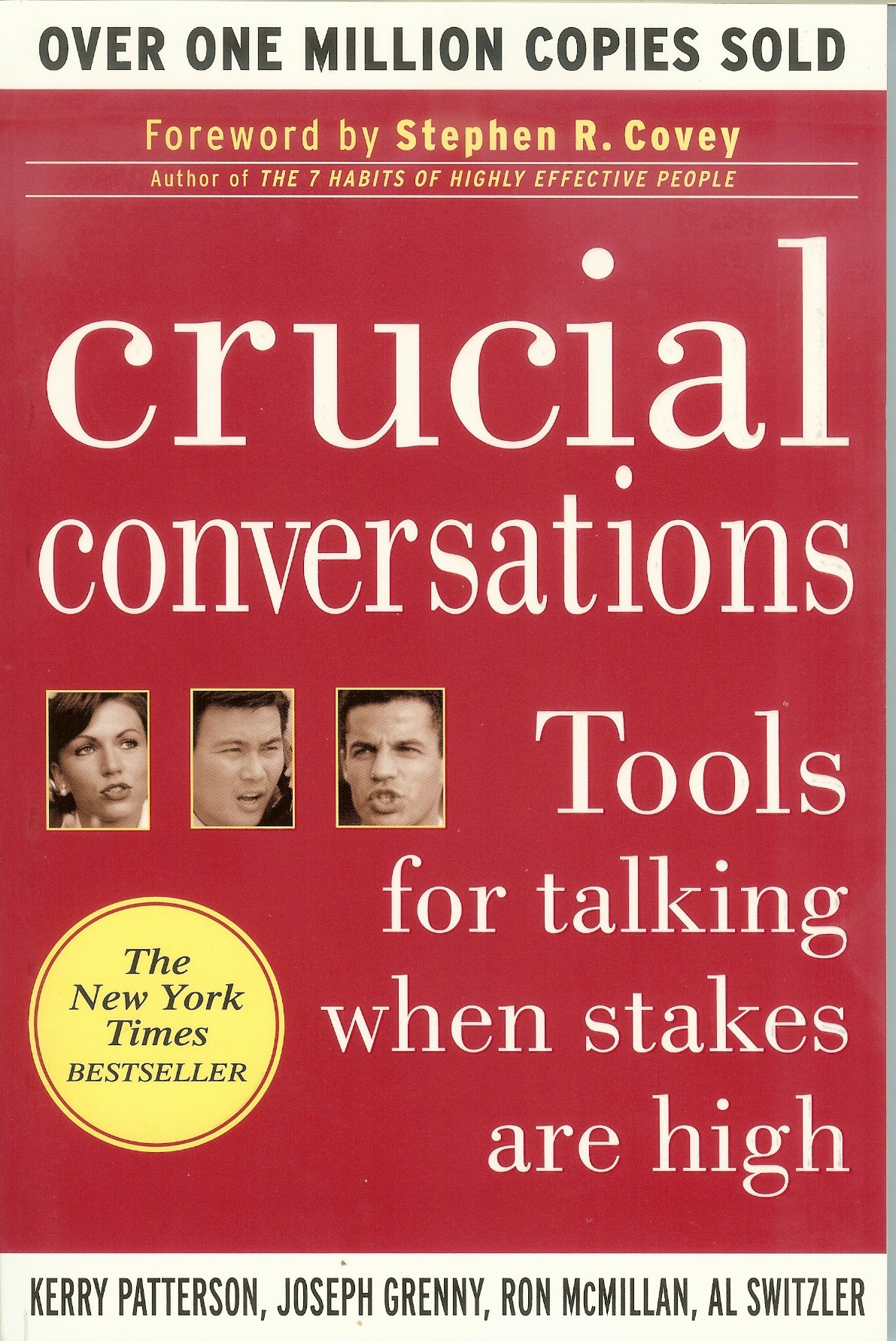

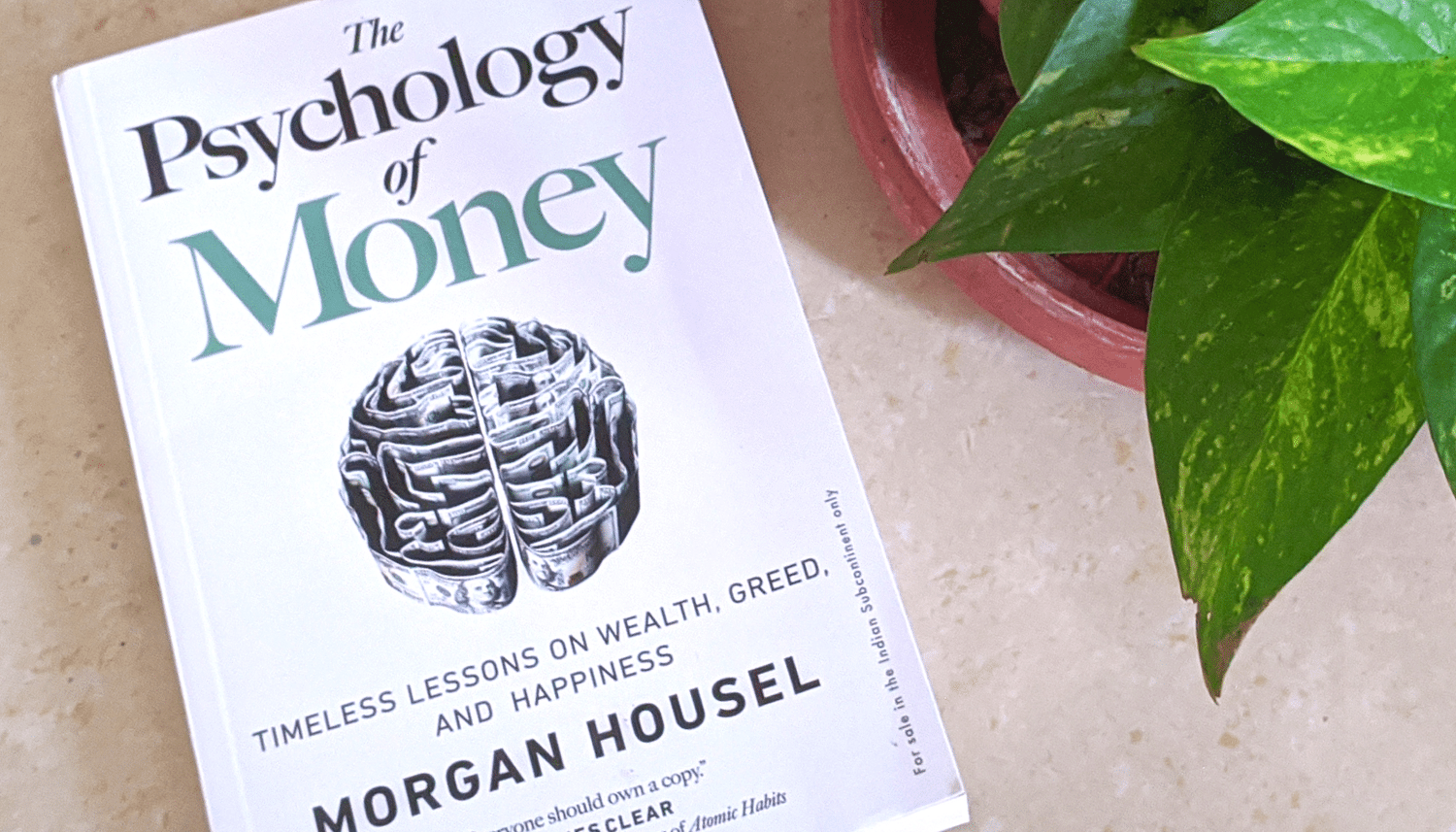
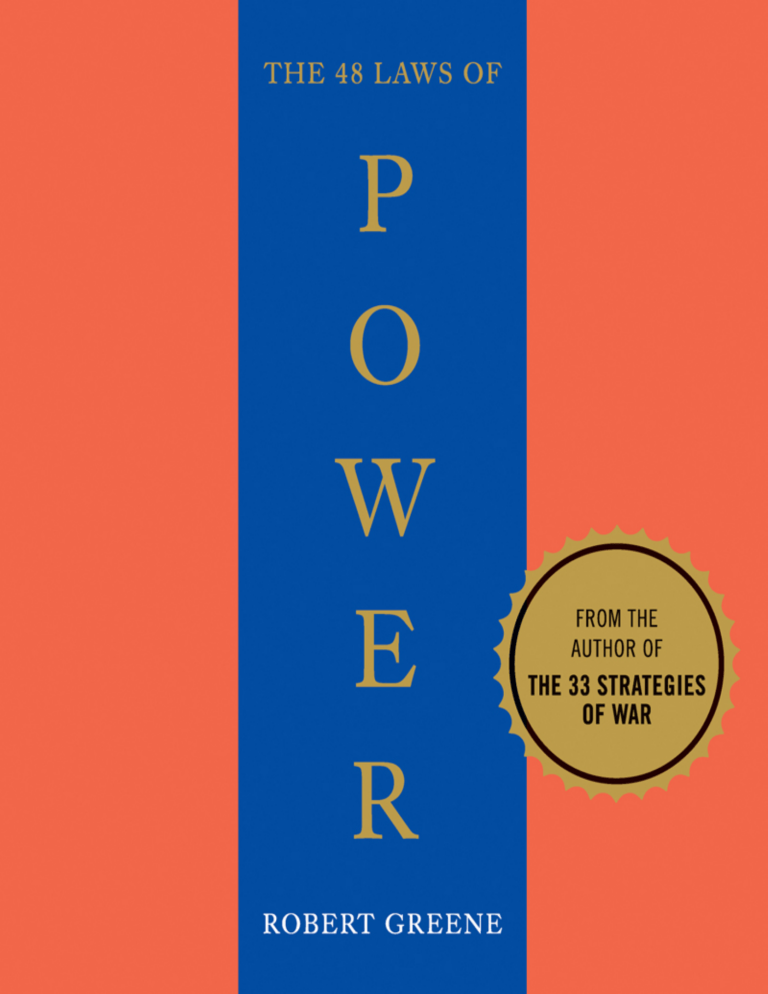

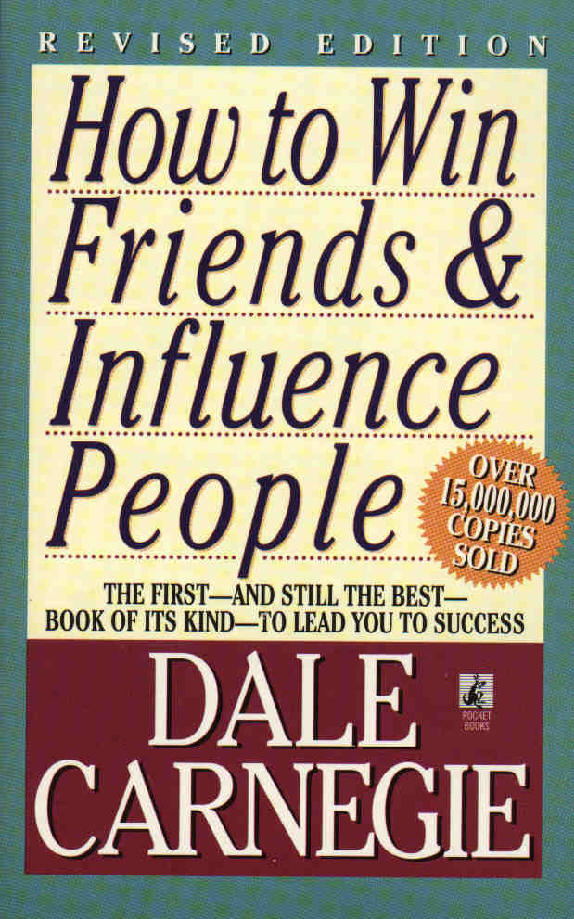


Leave a Reply